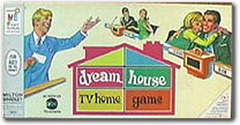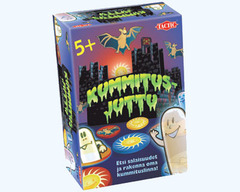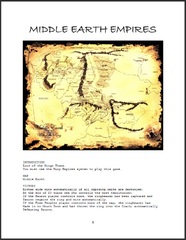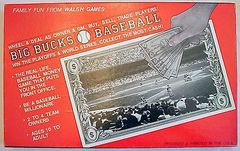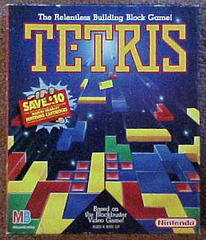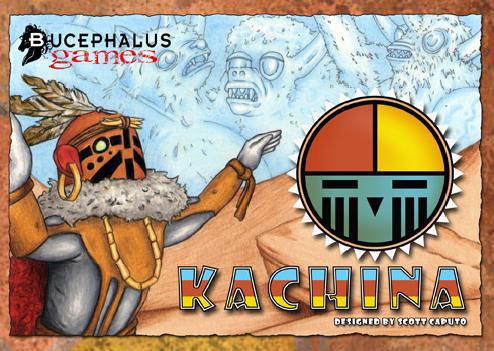
Kachina
-
Description
In the mythology of the Hopi Native American tribe, the world is ruled by kachinas (or spirits) of many different types. Children of the tribe learn about these different spirits through the use of kachina dolls. To illustrate the tension of different spirits in the world, the tribe elders created this game of kachinas vying for dominance. Will the Eagle soar above the Black Ogre? Will the Clown mock the Chief to nothingness? Or maybe the Sun god will outshine all in its radiance?
In Kachina, you want to be the player who scores the most points by dominating other kachinas.
Reimplemented as
FAQ:
Q: When are the tile powers active? Only when placed initially or ongoing throughout the game?
A: The tile powers are active throughout the game. The Koshari tile continues to make adjacent tiles worth zero. The Ogre tile continues to block non-Ogre tiles from being placed adjacent to it. Wolf tiles continue being worth the sum of the Wolf tiles in the line. Therefore, a line with three Wolf tiles in it would have a top value of 12, and placing a Chief(8) tile in that line would not be sufficient to win that line. If a line begins and ends with Hummingbird tiles, those Hummingbird tiles continue to dominate the line until they no longer bookend the line. For example, if a line has a Hummingbird, Chief, and Hummingbird, placing an Eagle tile on top of the Chief would not dominate the line since the Hummingbird tiles still bookend the line.Q: What happens if I place a Hummingbird tile next to a Koshari tile? Does the special power of the Hummingbird still work?
A: Yes. If a line begins and ends with Hummingbird tiles, then the Hummingbird tiles automatically dominate all other tiles in the line. This bookending power of the Hummingbird still works even if one or both Hummingbirds are next to Koshari tiles. However, the value of a Hummingbird tile next to a Koshari tile is zero.Q: What happens if I place a Wolf tile next to a Koshari tile? What is the value of a Wolf tile next to a Koshari tile?
A: The value of a Wolf tile is the sum of its initial value plus the initial value of all other Wolf tiles in the line. However, if a Wolf tile is placed next to a Koshari tile, its initial value is changed to zero. Therefore, when a Wolf tile is placed next to a Koshari tile, its value is simply the sum of all other Wolf tiles in the line. Since this Wolf tile only ties previously placed Wolf tiles, this Wolf tile does not dominate the line and does not score. The original rules probably should have said: “New Wolf tiles added to a row or column can dominate that row or column if their value is higher than previously placed Wolf tiles in that line.” -
Details
Ages: 10 and upArtist: Andy HoppCategory: American West, MythologyDesigner: Scott CaputoMechanics: Hand Management, Tile PlacementPublisher: Bucephalus Games, Mudcap GamesTime: 45 minutesYear: 2009



